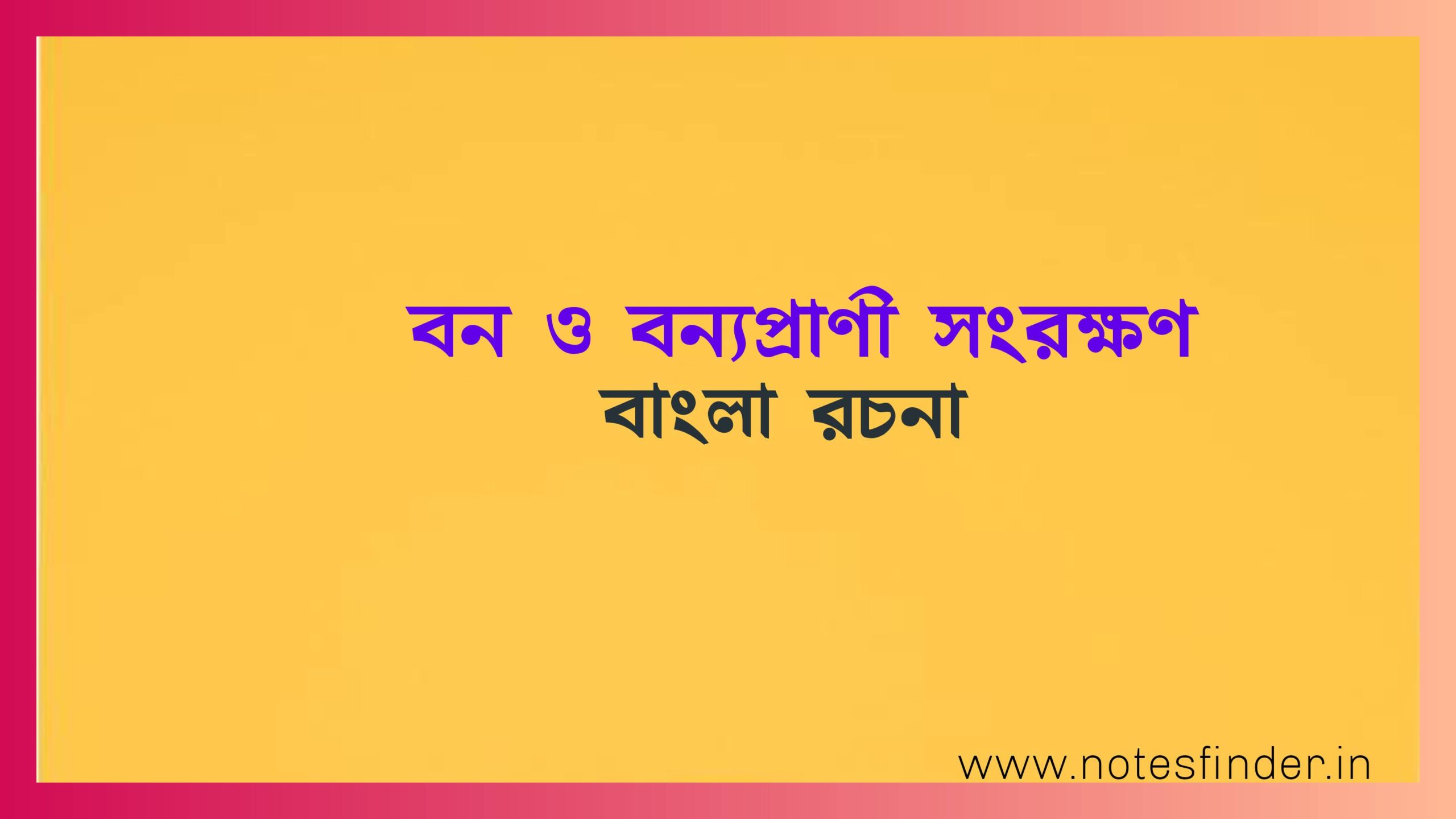Summer is the warmest season of the year, typically falling between March and June in India. It is characterized by intense heat and dry weather, with little to no rainfall. During this season temperatures reach as high as 40-45°C in some regions. In this season, days become longer and nights shorter. Hot and dusty wind during day times makes life miserable and affects normal life activities. Ponds and pools dry up. Animals and birds face difficulties due to insufficient drinking water.
Despite the harsh weather conditions, summer is an important season in India, as it is the time for harvesting crops such as wheat and sugarcane. Mango, jackfruits, guava, litchis, watermelons, and pineapples are available in plenty in this season. Many tourists also flock to India during the summer months on vacations to popular hill stations and beaches, which provide a much-needed respite from the heat. To beat the heat, people in India often consume refreshing drinks like mango lassi and sugarcane juice, and take dips in rivers and lakes. Summer also marks the start of many annual events, festivals and fairs like Baishakhi Mela, Gangaur etc. which bring communities together for fun and entertainment.
In conclusion it can be said that while summer in India can be challenging, it is unique in its vibrant festivities and cultural events.



